Related Research Articles

The Institute for Catalan Studies, also known by the acronym IEC, is an academic institution which seeks to undertake research and study into "all elements of Catalan culture". It is based in Barcelona, Catalonia, Spain.
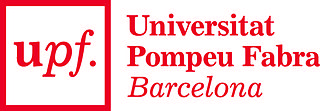
Pompeu Fabra University is a public university located in the city of Barcelona, Catalonia in Spain. The university was created by the Autonomous Government of Catalonia in 1990 and was named after Pompeu Fabra. It is highly competitive in research and has as its goal the transformation of education to meet the challenges of the future. UPF has been ranked the best university in Spain since 2015 and 16th best young university in the world in 2022 by the Times Higher Education World University Rankings.
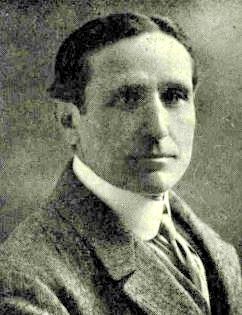
Pompeu Fabra i Poch was a Catalan engineer and grammarian from Spain. He was the main author of the normative reform of contemporary Catalan language.

Palau de la Música Catalana is a concert hall in Barcelona, Catalonia, Spain. Designed in the Catalan modernista style by the architect Lluís Domènech i Montaner, it was built between 1905 and 1908 for Orfeó Català, a choral society founded in 1891 that was a leading force in the Catalan cultural movement that came to be known as the Renaixença. It was inaugurated on 9 February 1908.

Modernisme, also known as Catalan modernism and Catalan art nouveau, is the historiographic denomination given to an art and literature movement associated with the search of a new entitlement of Catalan culture, one of the most predominant cultures within Spain. Nowadays, it is considered a movement based on the cultural revindication of a Catalan identity. Its main form of expression was Modernista architecture, but it also encompassed many other arts, such as painting and sculpture, and especially the design and the decorative arts, which were particularly important, especially in their role as support to architecture. Modernisme was also a literary movement.

Josep Carner i Puigoriol, was a Spanish poet, journalist, playwright and translator. He was also known as the Prince of Catalan Poets. He was nominated for the Nobel Prize in Literature seven times.
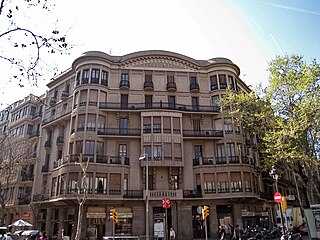
Noucentisme was a Catalan cultural movement of the early 20th century that originated largely as a reaction against Modernisme, both in art and ideology, and was, simultaneously, a perception of art almost opposite to that of avantgardists. In 1906, Eugenio d'Ors coined the term following the Italian tradition of naming styles after the centuries and using the homonyms nou (nine) and nou (new) to suggest it was a renovation movement. The same year two essential works for Noucentisme were published: Els fruits saborosos by Josep Carner and "La nacionalitat catalana" by the Conservative politician Enric Prat de la Riba.
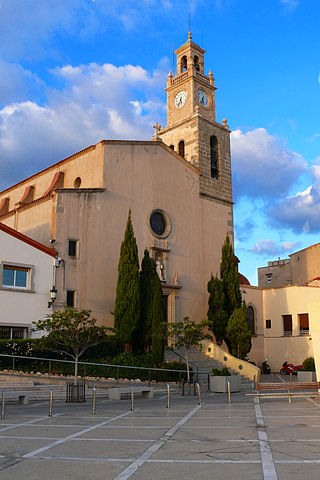
El Masnou is a municipality in the province of Barcelona, Catalonia, Spain. It is situated on the coast between Montgat and Premià de Mar, to the north-east of the city of Barcelona, in the comarca (county) of el Maresme. The town is both a tourist centre and a dormitory town in the Barcelona Metropolitan Area.

Josep Fontana i Lázaro was a Spanish historian from Catalonia.

Barcelona'sculture stems from the city's 2000 years of history. Barcelona has historically been a cultural center of reference in the world. To a greater extent than the rest of Catalonia, where Catalonia's native language Catalan is more dominant, Barcelona is a bilingual city: Catalan and Spanish are both official and widely spoken. Since the arrival of democracy, the Catalan culture has experienced a rebirth, both by recovering works from the past and by stimulating the creation of new works. Barcelona is an international hub of highly active and diverse cultural life with theatres, concert halls, cinemas, museums, and high-value architectural heritage.
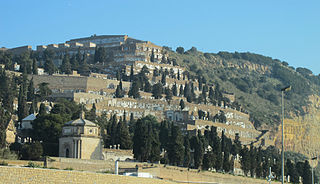
Montjuïc Cemetery, known in Catalan as Cementiri del Sud-oest or Cementiri de Montjuïc, is located on one of the rocky slopes of Montjuïc hill in Barcelona.
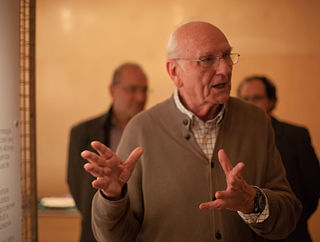
Andrés Lewin-Richter Ossiander is a Spanish composer of electronic music.

Institució de les Lletres Catalanes is a Spanish organization based in Barcelona. An entity of the Government of Catalonia, it was founded in 1937 by intellectuals who were loyal to the Republic during the Spanish Civil War. Its immediate predecessor was the Grup Sindical d'Escriptors Catalans. The institute was initially set up in four sections:
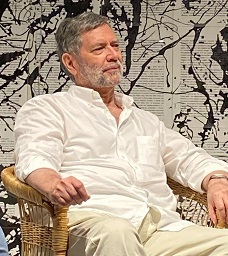
Enric Ucelay-Da Cal is a historian specializing in contemporary history, who has done extensive work on Catalan history. He is at present (2014) Senior Professor Emeritus at the Pompeu Fabra University (UPF) in Barcelona and coordinator of a Research Group on States, Nations and Sovereignties, linked to the UPF.

Public art in Barcelona is a designated group of monuments and outdoor sculptures in the city. The artworks in city's architecture and network of museums, parks, and gardens, put an artistic stamp on the Catalan capital. Public art in the city developed in the 19th century, although the first municipal commission was the 1673 monument to Saint Eulalia in Pedró Square.

Josep Masriera i Manovens was a Catalan landscape painter, goldsmith and businessman.
Moisès Sanmartín (Villèlia) Puig, Moisès Sanmartín i Puig, known with the pseudonym of Moisès Villèlia was a Catalan sculptor and poet.

Josep Roig Boada is a Spanish music composer, producer and sound engineer. He owns Temps Record company.
References
- ↑ BNC News [ permanent dead link ]
- ↑ Tots els barris de Barcelona / Jaume Fabre i Josep M. Huertas Universitat Pompeu Fabra